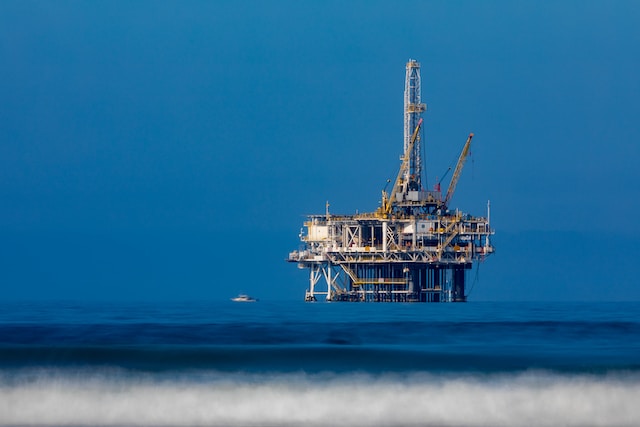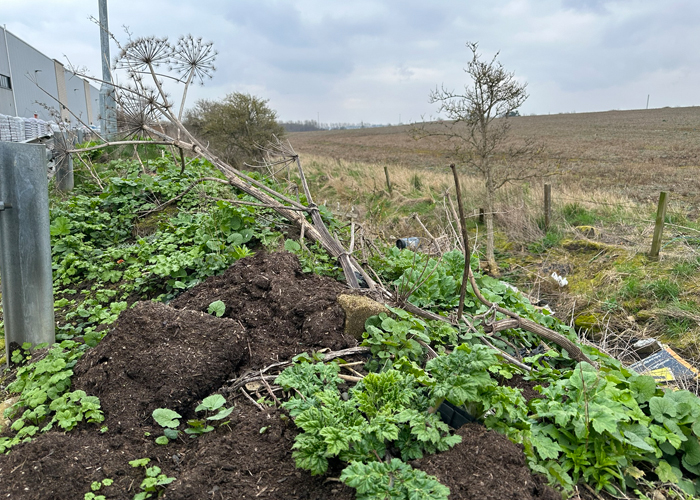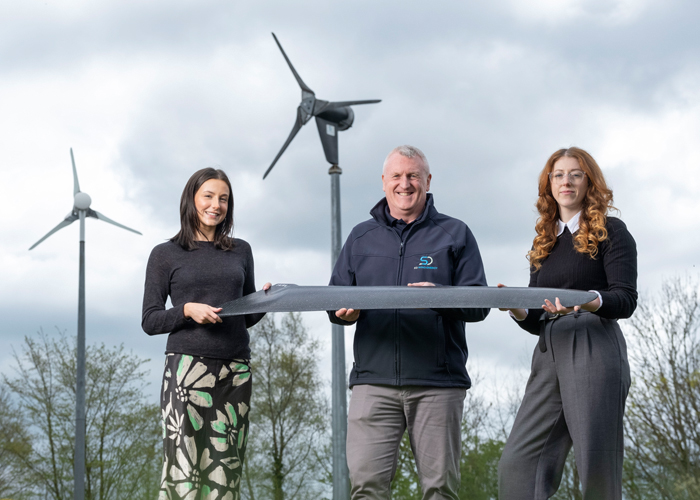Offshore oil and gas operations are an essential source of energy production that can come with significant safety risks. Ensuring the safety of workers and the environment is crucial for successful operations. The offshore environment has many challenges, including harsh weather conditions, high-pressure equipment, and remote locations. Therefore, implementing effective safety management systems is essential.
Importance of Safety Management Systems
Safety management systems (SMS) are vital in offshore oil and gas operations. These systems provide a framework for identifying hazards, evaluating risks, and implementing control measures to prevent incidents from occurring. SMS includes procedures, policies, and training programs that address specific hazards and risks in the offshore environment.
Safety Culture
Creating a positive safety culture is essential in offshore operations. Workers need to understand the importance of safety and prioritize it in their daily activities. This culture should be reinforced through training, leadership, and accountability. A positive safety culture creates an environment where workers feel comfortable reporting incidents, hazards, and near-misses, and this helps in identifying potential risks.
Risk Assessment and Management
Risk assessment is a critical component of SMS. The offshore environment is full of risks, and it is essential to identify them before they become hazards. The risk assessment process includes identifying hazards, evaluating risks, and implementing control measures to prevent incidents from occurring. The risk management process involves monitoring and reviewing risks to ensure that control measures remain effective.
Common Safety Concerns
Offshore oil and gas operations have several safety concerns that require attention. Some of these concerns include:
Fire and Explosion Hazards
The offshore environment has several sources of ignition, including high-pressure equipment and flammable materials. Fire and explosion hazards can cause significant damage to equipment and endanger workers’ lives. Proper maintenance, inspection, and testing of equipment can help reduce these hazards.
Transportation Safety
Transportation of personnel and equipment to offshore platforms presents several safety risks. Workers are often transported by helicopter or boat, and these modes of transport can be affected by adverse weather conditions. Proper training, equipment, and procedures can help reduce transportation-related hazards.
Hazardous Chemicals
Offshore oil and gas operations involve the use of hazardous chemicals that can pose significant health risks to workers. These chemicals include hydrocarbons, acids, and solvents. Proper handling, storage, and disposal of these chemicals are critical to preventing incidents.
Slips, Trips, and Falls
Slips, trips, and falls are common hazards in offshore operations, especially on slippery surfaces. These incidents can cause serious injuries to workers. Proper housekeeping, maintenance, and the use of appropriate personal protective equipment (PPE) can help reduce the risks of these hazards.
Machinery and Equipment
Offshore operations involve a wide range of machinery and equipment, including cranes, winches, and lifting equipment. Proper maintenance, inspection, and testing of this equipment can help reduce incidents related to machinery and equipment. Companies can keep on top of equipment that has been maintained or serviced by using equipment tags to track inspection dates and the safety status of machinery.
Addressing Safety Concerns
Effective management of safety concerns in offshore oil and gas operations requires a comprehensive approach. Some ways to address these concerns include:
Training and Education
Proper training and education of workers are essential in addressing safety concerns. Workers need to understand the hazards associated with their jobs and how to mitigate them. Training programs should be designed to provide workers with the knowledge and skills required to work safely in the offshore environment.
Personal Protective Equipment
Proper use of personal protective equipment (PPE) is essential in addressing safety concerns in offshore operations. Workers should be provided with appropriate PPE, including safety glasses, hard hats, and safety harnesses, to protect them from hazards such as falling objects and slips, trips, and falls.
Maintenance and Inspection
In offshore oil and gas operations, proper maintenance and inspection of equipment are essential to minimize safety hazards. One way to ensure equipment is regularly checked and maintained is through the use of tagging equipment.
Tagging equipment in oil and gas involves labelling equipment with a unique identifier that indicates when it was last inspected, who inspected it, and when it is due for the next inspection. This process ensures that equipment is regularly checked and maintained according to the manufacturer’s recommendations and industry standards.
Regular inspections and maintenance of equipment can detect potential issues and ensure that equipment is operating correctly. This includes inspection and maintenance of lifting equipment, cranes, winches, and other machinery. If issues are identified during inspections, they can be addressed promptly, reducing the risk of incidents and improving overall safety in the workplace.
Conclusion
Offshore oil and gas operations present several unique safety concerns that require attention. Effective management of safety concerns requires a comprehensive approach that includes risk assessment and management, training and education, safety management systems, personal protective equipment, and maintenance and inspection. By addressing safety concerns in offshore operations through effective risk management and safety training, employers can create a safer working environment for workers and prevent incidents that could cause harm to the environment and communities.











